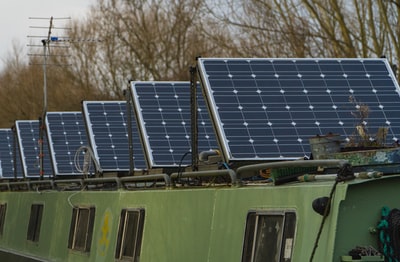
There are two main stages associated with meiosis: Meiosis I and Meiosis II.
Meiosis I:
- Early/Middle prophase I: homologous chromosomes pair up in a process called synapsis. Each of these pairs is called a bivalent. The centrioles move to opposite ends of the nucleus and spindle fibres form. The nuclear membrane then breaks down
- Late prophase I: The nucleolus disappears and the bivalents are able to cross over during which time chromatids can break and reconnect with others. This creates a chiasmata at which crossing over can take place.
- Metaphase I: The bivalents line up on the spindle fibre equator and attach themselves to centromeres.
- Anaphase I: The bivalent chromosomes now move towards the opposite poles of the cell due to the shortening of the microtubule fibres.
- Telophase I: The nucleus and nucleolus reform and cytokinesis, which is where the cytoplasm and the cell divide into two, takes place.
There are now two cells which divide again in meiosis II.
Meiosis II:
- Prophase II: The nuclear envelope and nucleolus disappear again. The centrioles also replicate and move to opposite poles of the cell.
- Metaphase II: The chromosomes line up across the equator.
- Anaphase II: Identical copies of the chromosomes, the chromatids, unravel forming longer chromatin structures. Cytokinesis also happens and the two cells are divided into two creating four haploid cells which contain half the genetic information of all other cells in the body.
Crossing over, which takes place in late prophase I, helps with genetic variation. The chromatids, still in their bivalent pairs, cross over thereby forming a chiasma. Further variation occurs when the two gamete fuse randomly in fertilization.